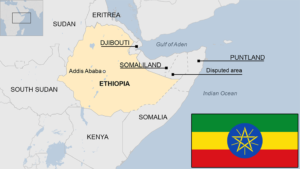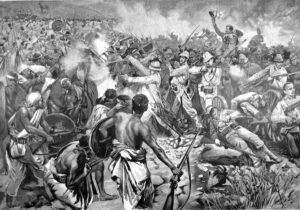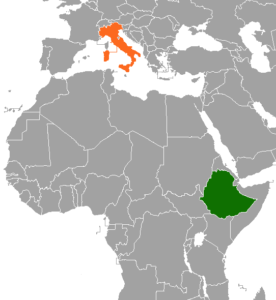In the annals of history, certain battles stand out as pivotal moments that shape the course of nations and the destinies of entire continents. The Battle of Adwa, fought in 1896 between Ethiopian forces and the Italian army, is undoubtedly one such moment. This epic clash not only signifies an inspiring victory of African resistance against colonialism but also holds profound significance for the continent’s socio-political emancipation. In this article, we will explore the Battle of Adwa and its impact on Ethiopia’s national identity and Africa’s fight for independence.



Background and Context:
In the late 19th century, a scramble for Africa swept through the continent as European powers sought to establish colonies and exploit resources. Italy had its sights set on Ethiopia, a sovereign African nation, as a part of its colonial expansion in East Africa. The Ethiopian Emperor, Menelik II, was determined to protect his nation’s independence and embarked on a series of diplomatic negotiations to secure Ethiopia’s sovereignty.
The Gathering Storm:
Tensions escalated when Italy attempted to impose treaties on Ethiopia that contained hidden clauses aimed at establishing colonial control. Emperor Menelik II and his advisors, however, were astutely aware of these ploys and refused to accept the treaties. The Italian government, under the pretext of avenging perceived slights, decided to wage war against Ethiopia and deployed a heavily armed expeditionary force.
The Clash of Titans:
On March 1, 1896, the two formidable forces converged in the mountainous region of Adwa. Ethiopia, vastly outnumbered and disadvantaged in terms of weaponry, had a momentous task ahead. The ferocity and determination displayed by the Ethiopian forces, combined with strategic brilliance and unity, would play a decisive role in the outcome of the battle.
Ethiopian Victory:
Against all odds, the Ethiopian forces rallied under the leadership of Emperor Menelik II and his military commander, Empress Taytu Betul. Utilizing their in-depth knowledge of Ethiopian terrain, they devised a masterful plan that outmaneuvered the Italian army. In an awe-inspiring turn of events on March 2, 1896, Ethiopian soldiers charged down the steep Hiya Slaughter (Mariam Shewito), overwhelming the Italians with a well-executed pincer movement. This left the Italian army disarrayed and demoralized, leading to their eventual defeat and retreat.
Historical Significance:
The Battle of Adwa’s significance cannot be overstated. It became a symbol of African resistance against European colonialism, demonstrating that African nations were not helpless victims but able defenders of their sovereignty. Adwa shattered the false narrative of European superiority and brought forth the realization that African military and political prowess were forces to be reckoned with.
Moreover, the victory had a ripple effect throughout the African continent. It inspired other nations aspiring to independence and encouraged Pan-African movements, fostering a sense of unity among then-colonized African peoples. The Battle of Adwa showcased the resilience and determination of Ethiopians while serving as a beacon of hope for Africans yearning for freedom.
Conclusion:
The Battle of Adwa remains an indelible chapter in African history, marking a significant victory against European colonialism and inspiring untold numbers of people across the continent. It serves as a testament to the power of unity, strategic brilliance, and unwavering determination of Ethiopia’s forces under Emperor Menelik II. This momentous battle ignited a flame that eventually led to the liberation of countless nations in Africa. Understanding and commemorating the Battle of Adwa is crucial in acknowledging Africa’s struggle for independence and celebrating the resilience of its people.

